|
It can certainly be overwhelming, figuring out what you like and what works in home décor. This guide helping you identify your own home décor style (or the mix of styles that resonates most with you. 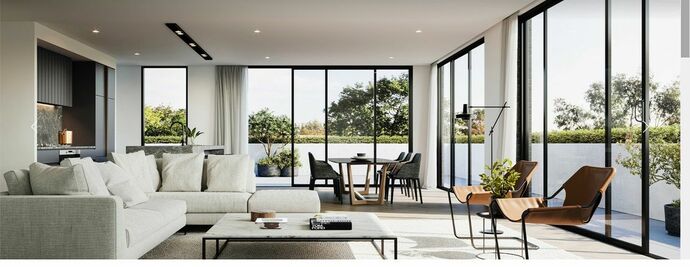 Modern - is a broad design term that typically refers to a home with clean, crisp lines, a simple colour palette and the use of materials that can include metal, glass and steel. Modern design employs a sense of simplicity in every element, including furniture. A word that’s commonly used to describe modern style is sleek, and there is not a lot of clutter or accessories involved with a modern style. 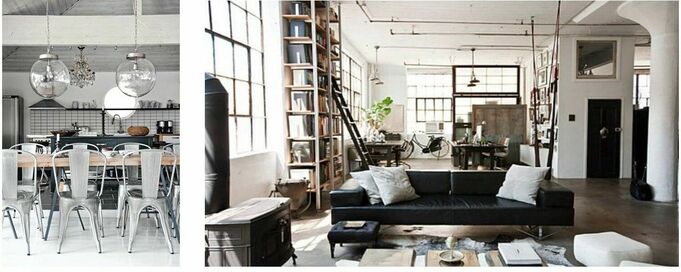 Industrial - as the name implies, draws inspiration from a warehouse or an urban loft. There’s a sense of unfinished rawness in many of the elements. Think high ceilings, old timber and dangling metal light fixtures with sparse functional furniture. There may possibly be one or two pieces of abstract art or photography to add a dash of colour to an otherwise neutral colour scheme derived from the primary materials of wood and metals. 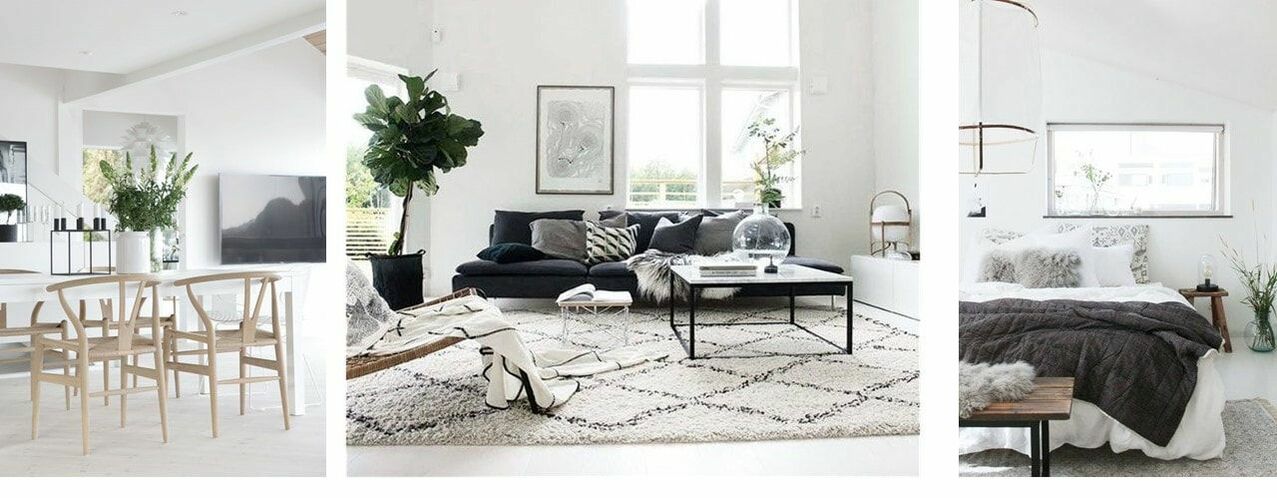 Scandinavian - All-white colour palettes and the incorporation of natural elements like form-pressed wood, bright plastics, and enameled aluminum, steel and wide plank flooring. If there are pops of colour it often comes from the use of art, natural fibre throws or furs, or a single piece of furniture. Spacious, natural lighting, less accessories and functional furniture characterizes Scandinavian designs. 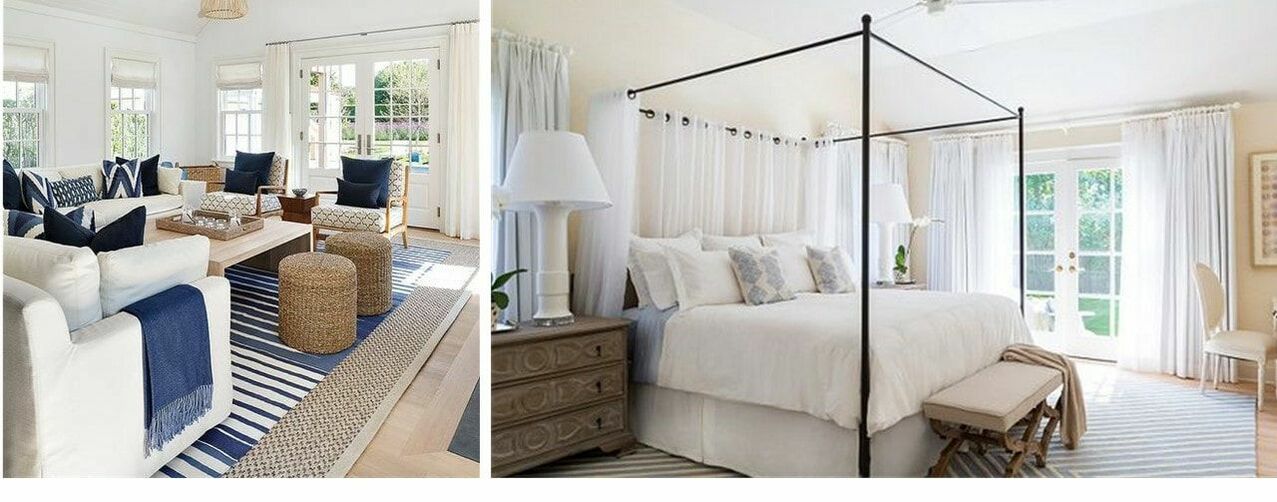 Coastal - Common features include light, airy colour palettes with cool neutral shades paired with blues and greens. Furnishings are often white or beige. The room can contain elements of wood and accessories are often inspired by the sea. Blue and white striped patterns for pillows, large windows, white plush sofas, and painted white wood are also common fixtures of the classic Coastal/Hampton style. The intention is to create a relaxed and comfortable environment that is inspired by the beach and ocean. Transitional - Combining two opposite styles. It’s sometimes referred to as “an updated take on the classics” because it acts as a middle ground between the best elements of traditional and contemporary looks. transitional style is an elegant and timeless design motif that combines new and old—and masculine with feminine—in a fresh way. On the one hand, you have the warmth, comfort and balance that comes from a traditional aesthetic. Transitional style feels timeless with a modern twist. Traditional - Upholstered furniture in a traditional room, classic lines and understated details. It is functional, unfussy, and restful looking. Edges are soft, smooth, and blend into the whole. Accessories include pairs of lamps, urns, plants, mirrors, framed prints, china, vases, and collections of books. Pairs of objects are usually arranged in balanced symmetry. Ethnic chic - This aesthetic is relatively new. This look combines traditional style and modern functionality. Furniture pieces made of natural materials with earthy, natural colours. Rustic, matte and earthy feel by incorporating wood, stone and bamboo, and finally makes the space seem open and airy.
0 Comments
Leave a Reply. |
LUNDMYR Interiors blog. Archives
July 2019
Categories |

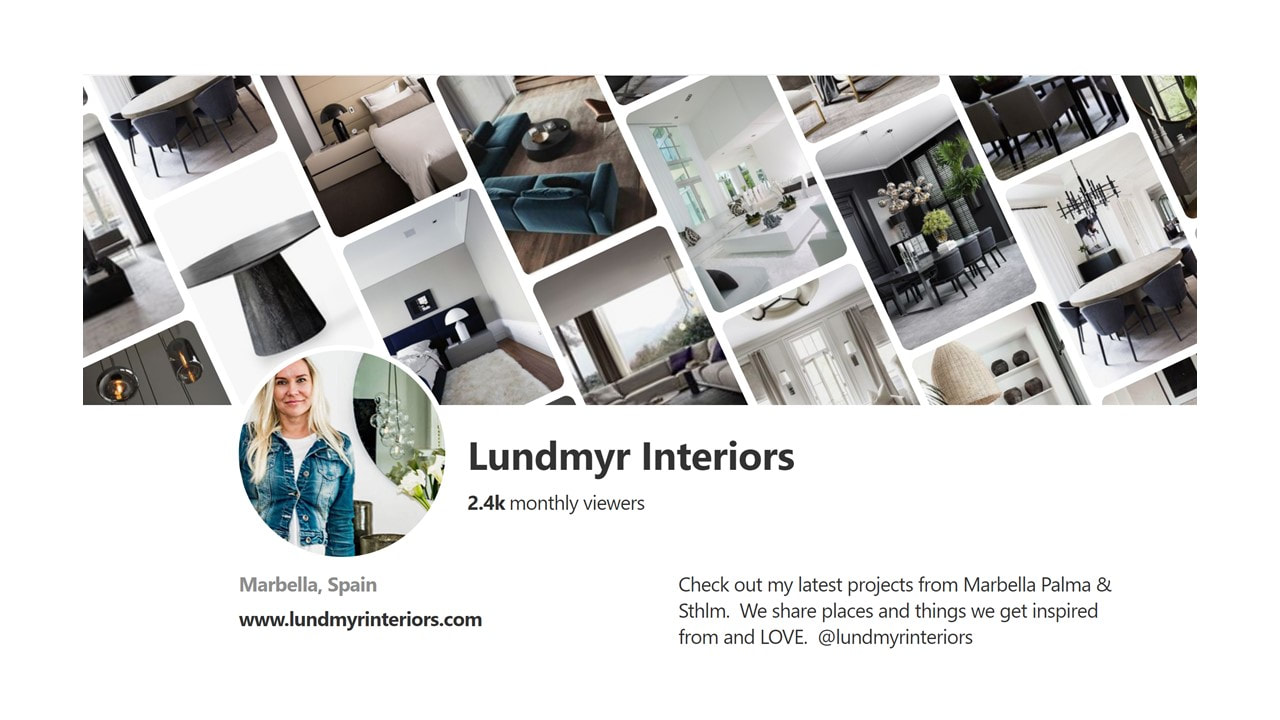
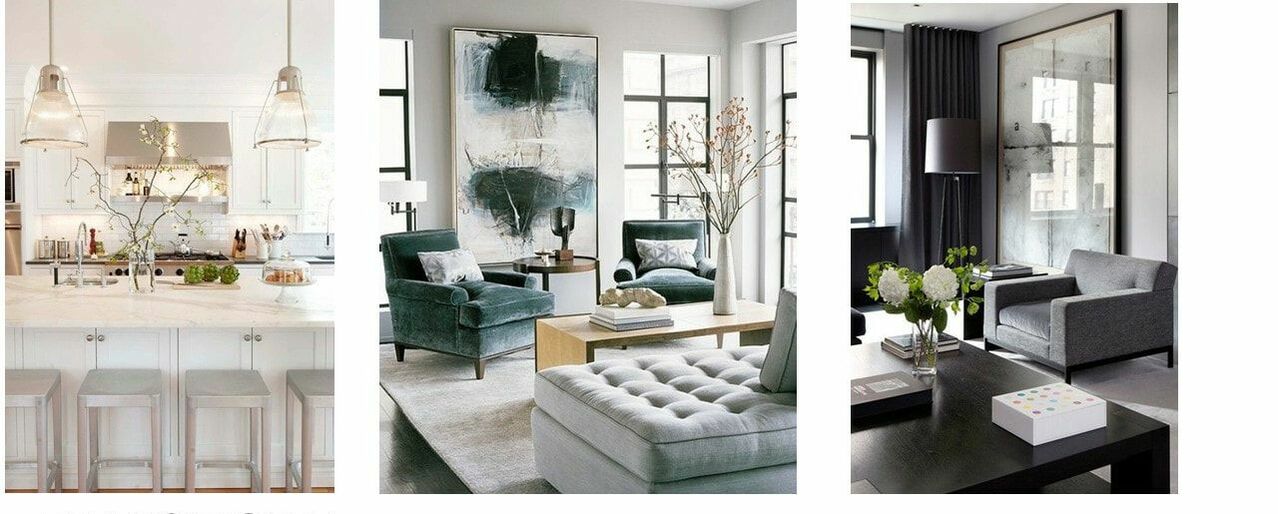
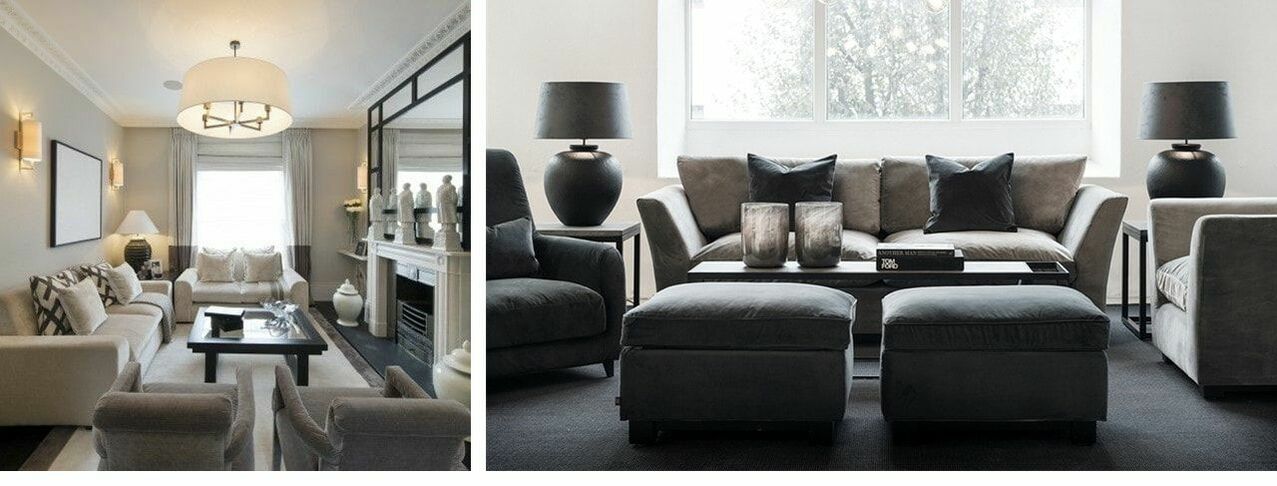
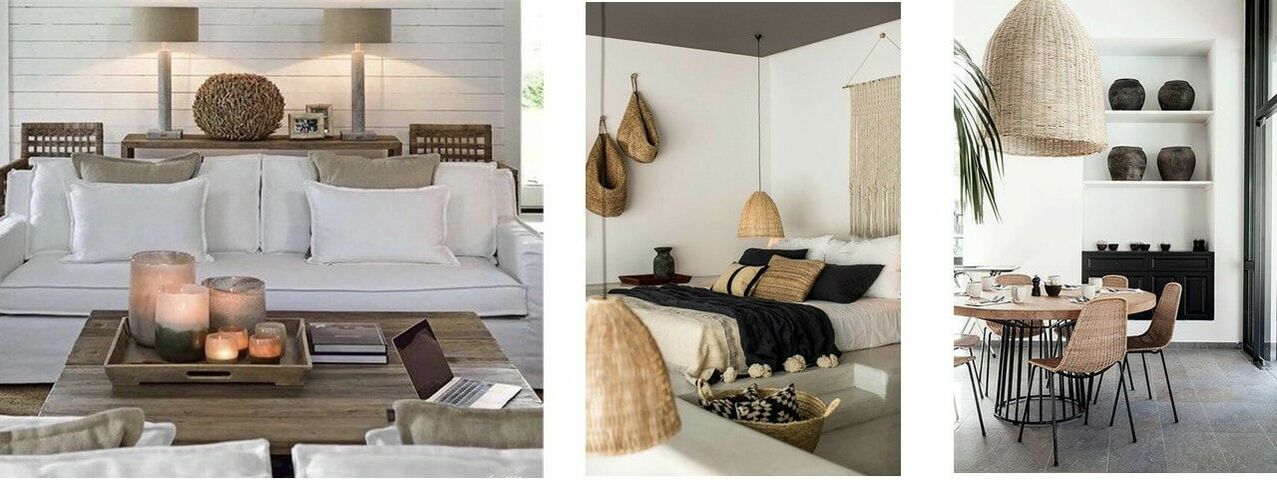
 RSS Feed
RSS Feed